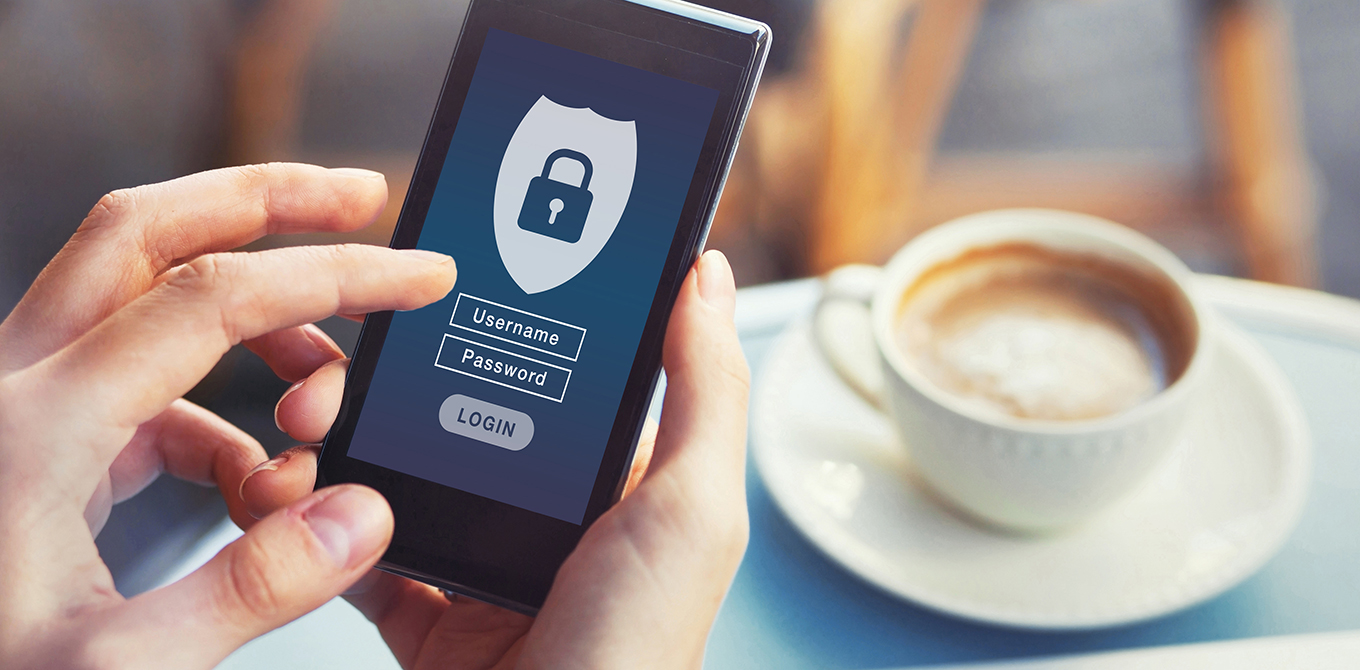How to protect yourself from Zelle or P2P payment scams
Zelle®, and other popular digital payment apps, make sending or receiving money convenient. But this convenience comes with a price. Scammers are using those apps to cheat you out of your money. Thieves use spoofed calls, phone calls that look like they’re coming from an individual’s bank, and use traditional hacking to access people's accounts.
Follow these 5 tips to help protect yourself from Peer to Peer (P2P) scams:
1. Think of Zelle or any P2P payment as cash.
You wouldn’t send cash to someone you don’t know, right? While Zelle is a digital payment, it works like cash. Transactions are not reversible. If you make a mistake or a typo and send money to the wrong person or phone number, banks will not refund your money.
2. Never send money to yourself.
Scammers will text or call Zelle customers, impersonating their bank through a variety of methods, including spoofing phone numbers, claiming that your account has been compromised or a payment did not go through. Once the scammers get the customers on the phone, they use personal information and will ask to reverse a transaction. While your account is in your name, it is controlled by the scammers and any money sent to this account will go straight into their pockets.
3. Only use Zelle to send money to those you know and trust.
Do not use P2P payments for online purchases or to send money to anyone you don’t have a personal relationship with. Make sure you have your recipient’s name, number, or email correct. The best strategy is to only send money to trusted friends or family.
4. Use a strong, unique banking password and 2-factor authentication.
When available through your bank’s app or if using a payment app, use 2-factor authentication. It can take more time, but it provides an extra level of protection.
5. Contact your financial institution for possible recourse.
If you feel you’ve been the victim of fraud or have been scammed, contact your bank or credit union immediately. In cases of unauthorized payments, consumers have legal rights and protections under the Electronic Funds Transfer Act. It’s important to read the user service agreement and the account agreement with your financial institution to understand the terms of any payment service you intend to use.
The bottom line: Pay it safe. If a deal for a puppy or kitten, or an incredibly low price on an item is too good to be true, it probably is. While these payment services are convenient and fast, using a credit card or other payment methods typically offer you more protection.




